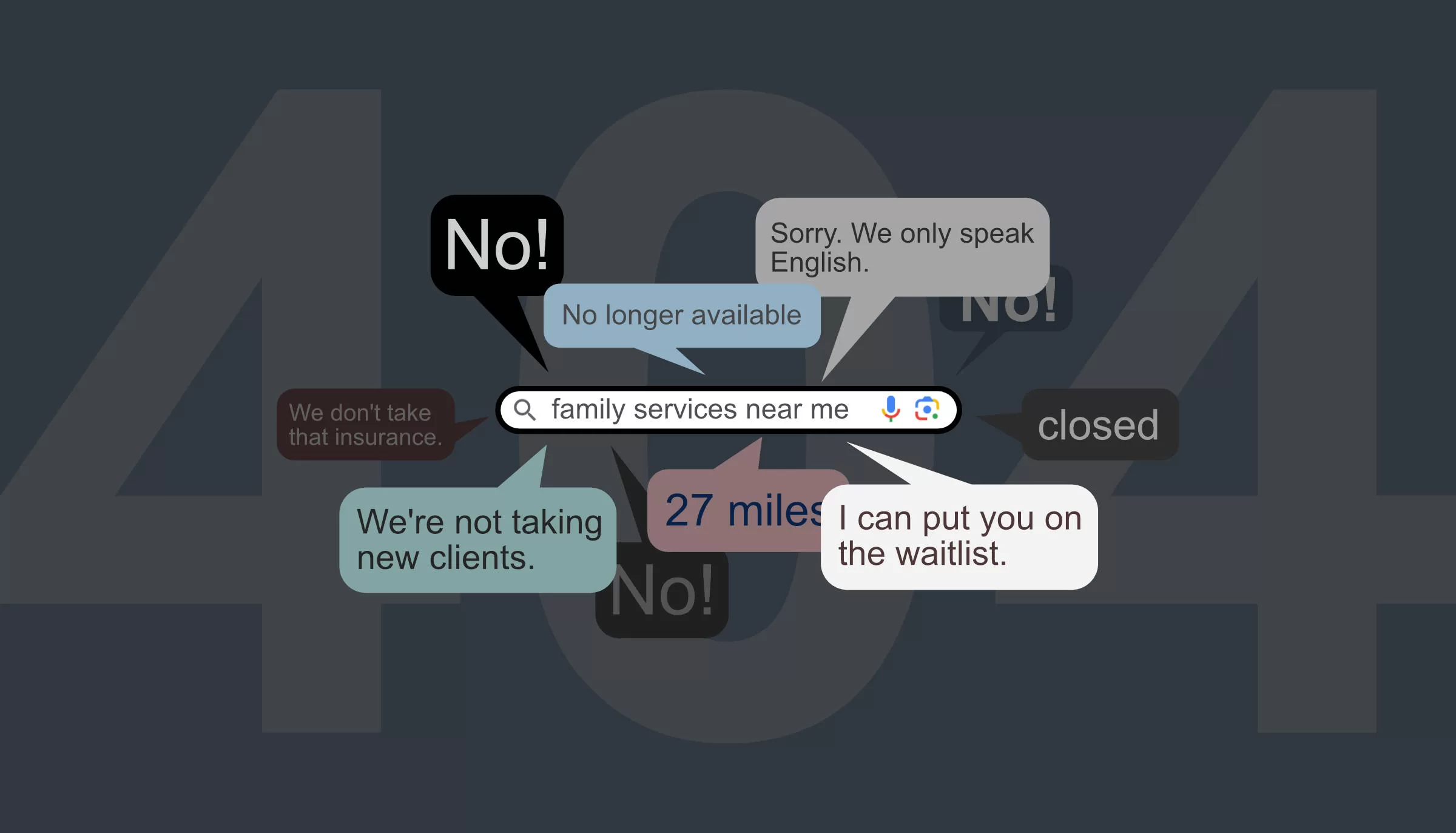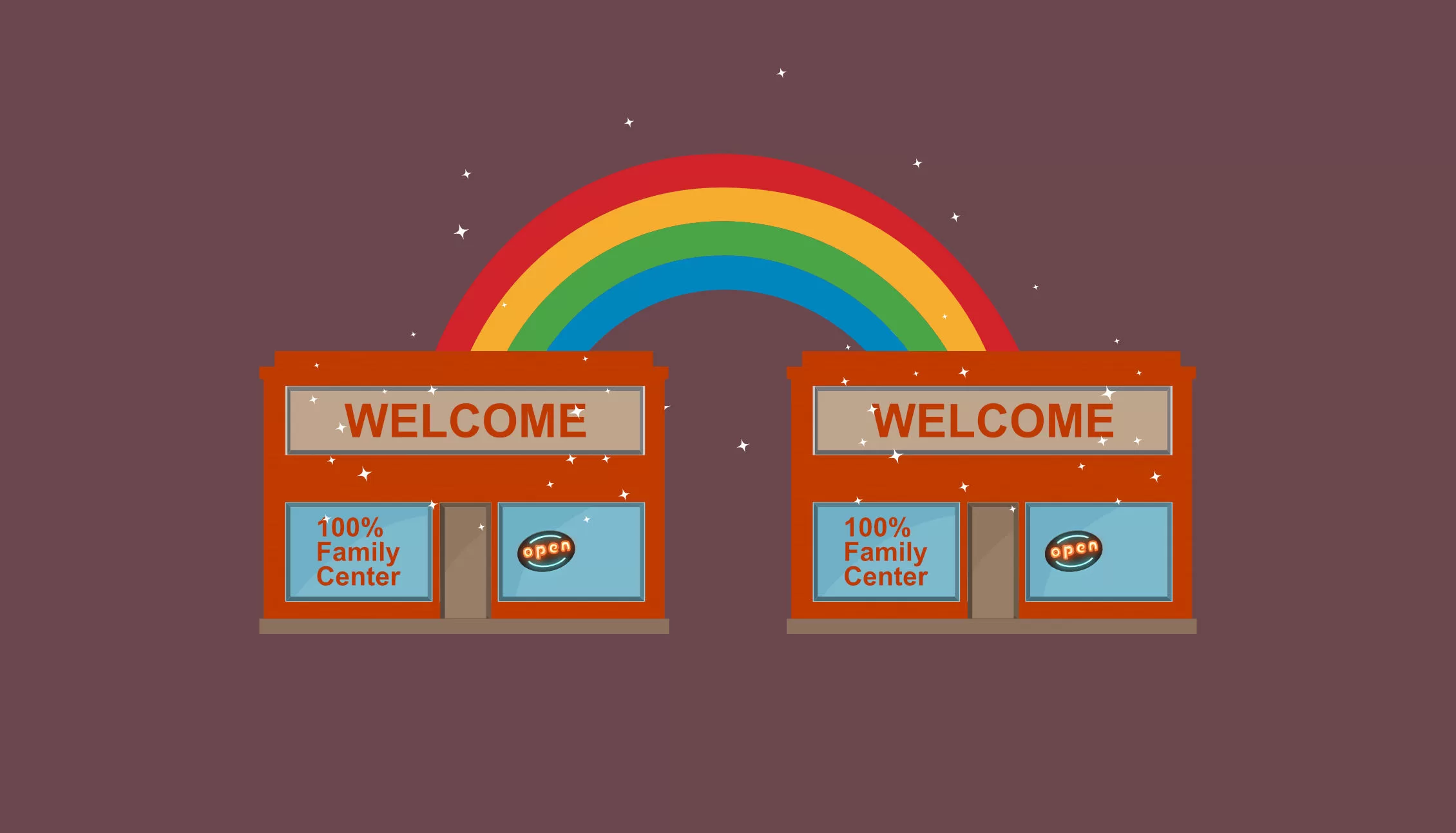How Are Book Clubs a Catalyst for Powerful Change?
How to 100% Training Series: Part 6
The local 100% New Mexico initiative Anna, Age Eight books clubs started a movement. Here’s how you grow the change process with readers and leaders.
Katherine Ortega Courtney, PhD and Dominic Cappello
Creating a book club focused on socially engaged topics and promoting activism can be a powerful way to bring people together, foster meaningful discussions, and inspire positive change. Each local 100% New Mexico initiative started with an Anna, Age Eight book club. This then led to more book clubs focused on 100% Community: Ensuring 10 vital services for surviving and thriving and David, Age 14. The power of reading is not to be underestimated. Here’s a step-by-step guide to help you create such a book club:
Step by step, innovation happens
Creating a book club focused on socially engaged topics and promoting activism can be a powerful way to bring people together, foster meaningful discussions, and inspire positive change. Each local 100% New Mexico initiative started with an Anna, Age Eight book club. The power of reading is not to be underestimated. Here’s a step-by-step guide to help you create such a book club:
Define Your Purpose: Clearly define the purpose of your book club. Decide what socially engaged topics that are the themes of Anna, Age Eight, David, Age 14, and 100% Community you want to focus on, whether it’s social justice, adverse childhood experiences, government neglect of communities, social determinants of health (the services that determine our health and quality of life), human rights, or any other relevant themes.
Choose a Name and Branding: Select a name (like “100% Book Club Series”) that reflects the club’s mission and values of the local 100% New Mexico initiative. Create branding elements like a logo and color scheme for promotion materials that resonate with the themes you’re addressing.
Determine Club Structure: Decide how often the book club will meet: monthly, bi-monthly, one-time only, short-term, etc. Choose a format, such as in-person meetings, virtual discussions, or a combination of both.
Selection of Books: Curate a list of books from the list in the mini-grant deliveries website that includes Anna, Age Eight, David, Age 14, 100% Community, The Sausage Factory, and The Community Schools Revolutions. Look for books that can spark meaningful conversations with local stakeholders.
Set Up Communication Channels: Create communication channels for club members to connect and stay informed. This could include a website, social media profiles, email newsletters, and discussion forums. Encourage book club members to explore the initiative’s course “A Child’s Right to Survive and Thrive,” which includes discussion areas to connect.
Recruit Members: Promote the book club through social media, local community centers, schools, higher education, libraries, and word of mouth. Emphasize the club’s focus on socially engaged topics and its potential for promoting activism within the local initiative.
Schedule Meetings: Plan and schedule your book club meetings well in advance. Ensure that the dates and times are convenient for a majority of members.
Facilitate Discussions: Create an inclusive and respectful environment for discussions during meetings. Prepare discussion questions that encourage critical thinking, exploration of themes, and personal reflections. Most of the books on the approved list come with discussion questions.
Guest Speakers and Experts: Consider inviting guest speakers (the authors) or experts in related fields to join discussions or give presentations on the topics covered in the books. This can provide additional insights and enhance the depth of conversations.
Action-oriented Activities: Incorporate action-oriented activities related to the themes of the books. This could involve community service projects, volunteering, fundraising, or collaborating with local organizations and the local 100% New Mexico initiative.
Reflect and Share: Encourage members to reflect on how the books have influenced their perspectives and motivated them to take action. Share these reflections on your communication channels to inspire others.
Engage Online: Leverage online platforms to engage members between meetings. Share articles, resources, and thought-provoking content related to the themes of the book club.
Collaborate with Organizations: Partner with local nonprofits, advocacy groups, or relevant organizations to amplify the impact of your book club. Collaborations can lead to more opportunities for activism and community involvement.
Measure Impact: Assess the impact of your book club by gathering feedback from members. Ask about their experiences, the changes they’ve made in their lives, and the community initiatives they’ve participated in as a result of club discussions.
Adapt and Evolve: Be open to feedback and continuously adapt the book club to meet the needs and preferences of your members. Consider rotating leadership roles or introducing new formats to keep the club engaging.
Remember, the success of a socially engaged book club lies in fostering open dialogue, encouraging critical thinking, and motivating members to take meaningful action. Your book club can contribute to positive change in your community and beyond by providing a platform for discussing important issues and inspiring activism. Please consider the above steps as a serving suggestion rather than a strictly defined set of rules. Activities work best when customized by local stakeholders to meet local needs. Please contact the Anna, Age Eight Institute with any questions, concerns, or bold ideas for improving the process.
Remember, the success of a socially engaged book club lies in fostering open dialogue, encouraging critical thinking, and motivating members to take meaningful action. Your book club can contribute to positive change in your community and beyond by providing a platform for discussing important issues and inspiring activism. Please consider the above steps as a serving suggestion rather than a strictly designed set of rules. Activities work best when customized by local stakeholders to meet local needs. Please contact the Anna, Age Eight Institute with any questions, concerns, or bold ideas for improving the process.
Book club developers can reflect on these questions
- An Anna, Age Eight book club has been the catalyst for each county starting a local 100% New Mexico initiative. Why might this book have such power?
- What are the benefits of sharing the story of Anna in Anna, Age Eight focused on child abuse, neglect, and adversity?
- To what degree is the term “social determinants of health” used among locals and how could reading David, Age 14: What determines our health, education, and future increase the understanding of the public health concept
- How can a book club reading 100% Community lead to starting or growing the local 100% New Mexico initiative?
Join the discussion with other initiative members
If you’d like to join in the conversation across New Mexico, you can go directly to the 100% New Mexico Training Center and explore the “How to 100%” course. There, you will find a course on all initiative activities and a general discussion area connecting you with other initiative champions across New Mexico. For a view of the entire initiative’s progress please visit our research briefs.
The How to 100% Article Series
Don’t miss a blog post! Get notified!
The 100% New Mexico initiative is a program of the Anna, Age Eight Institute at New Mexico State University, College of Agricultural, Consumer and Environmental Sciences, Cooperative Extension Service. Contact: annaageeight@nmsu.edu or visit annaageeight.nmsu.edu to learn more.











